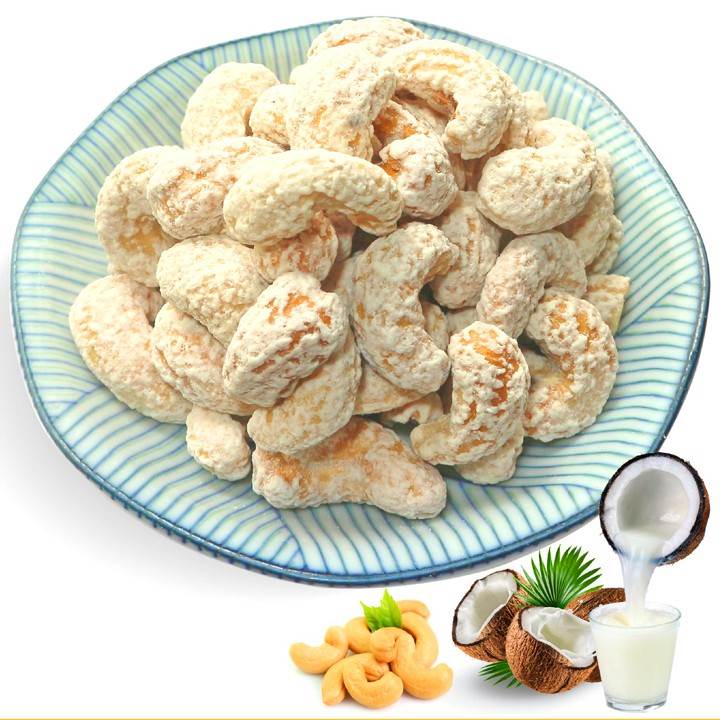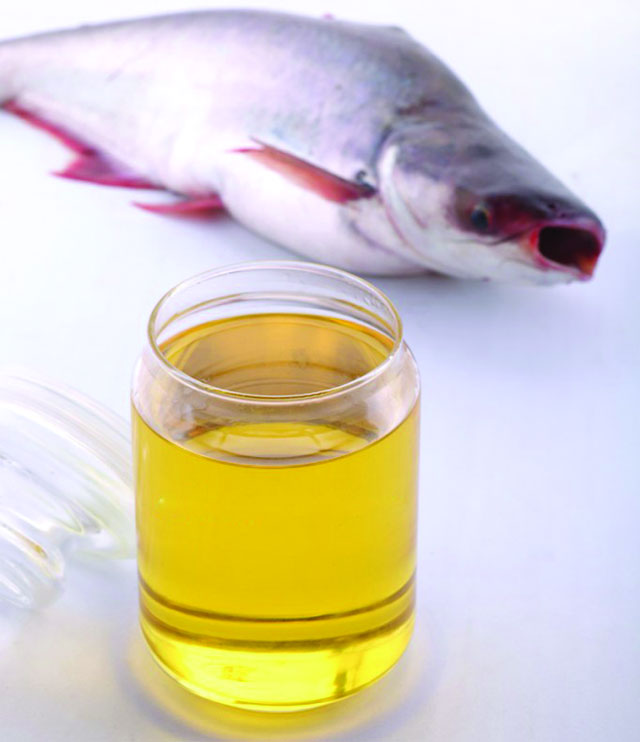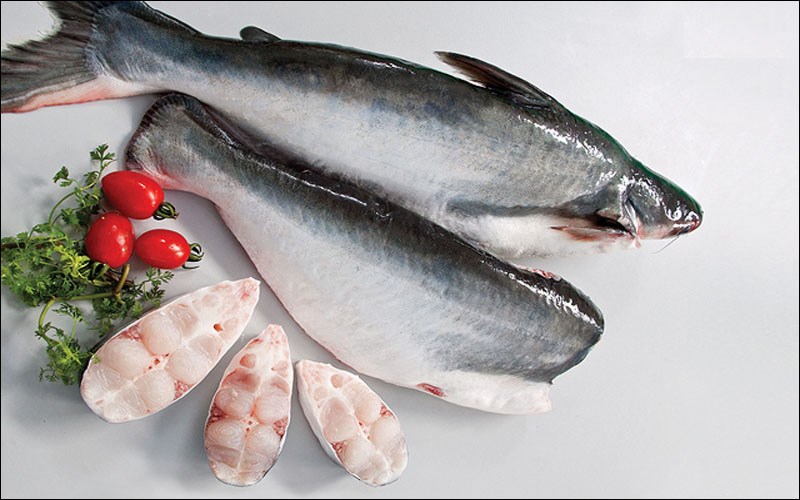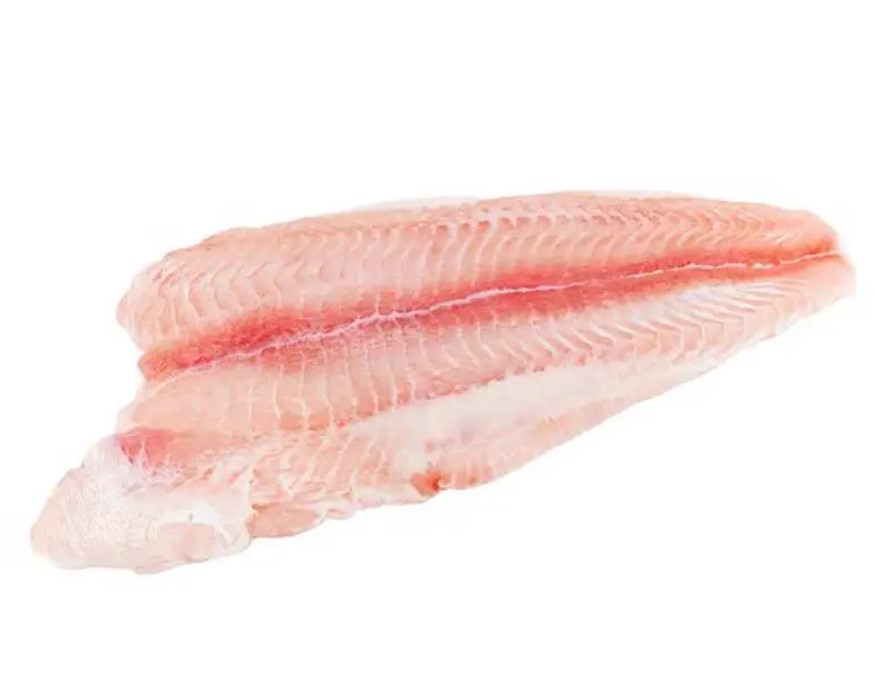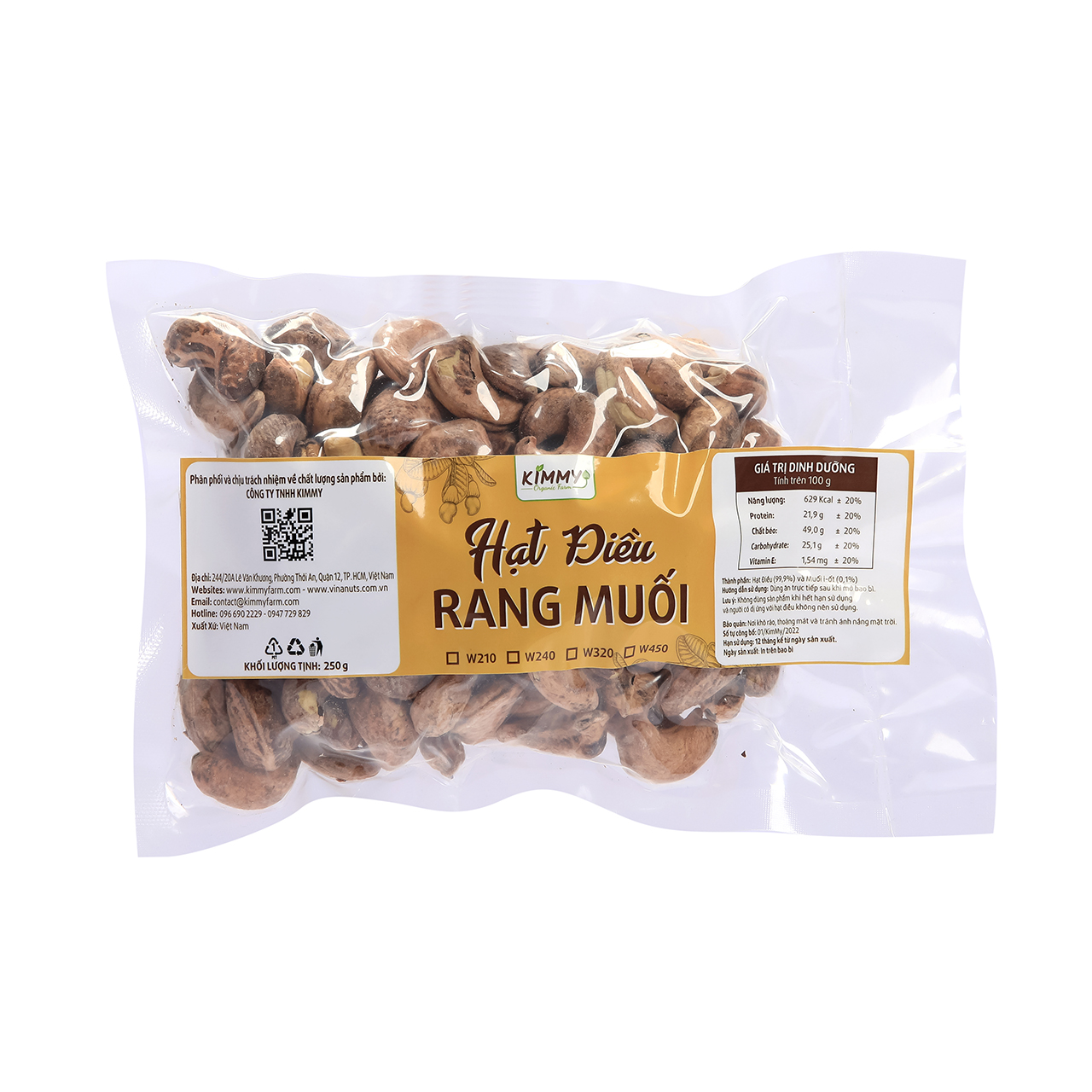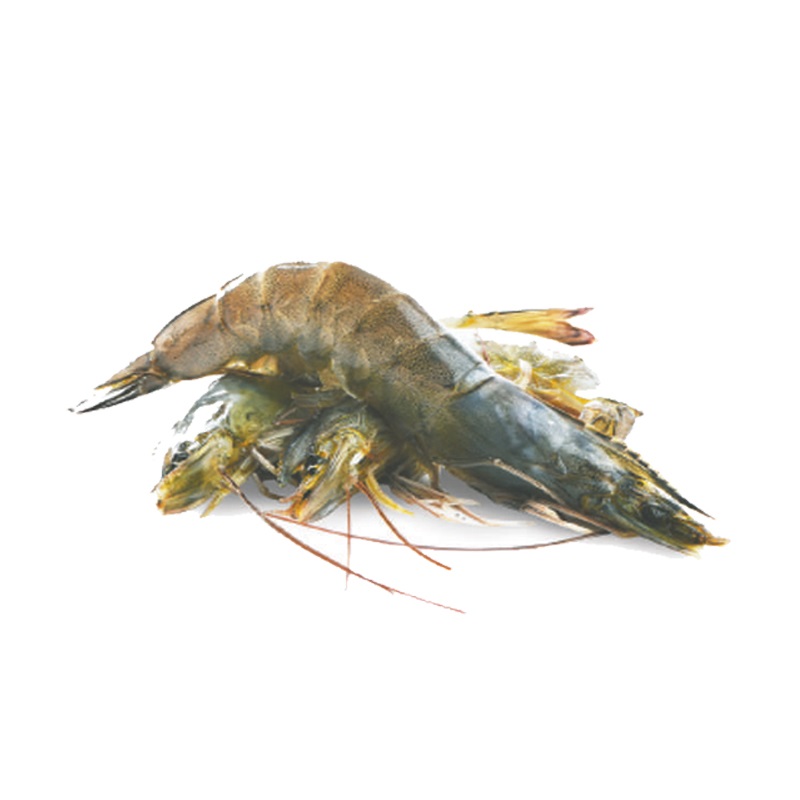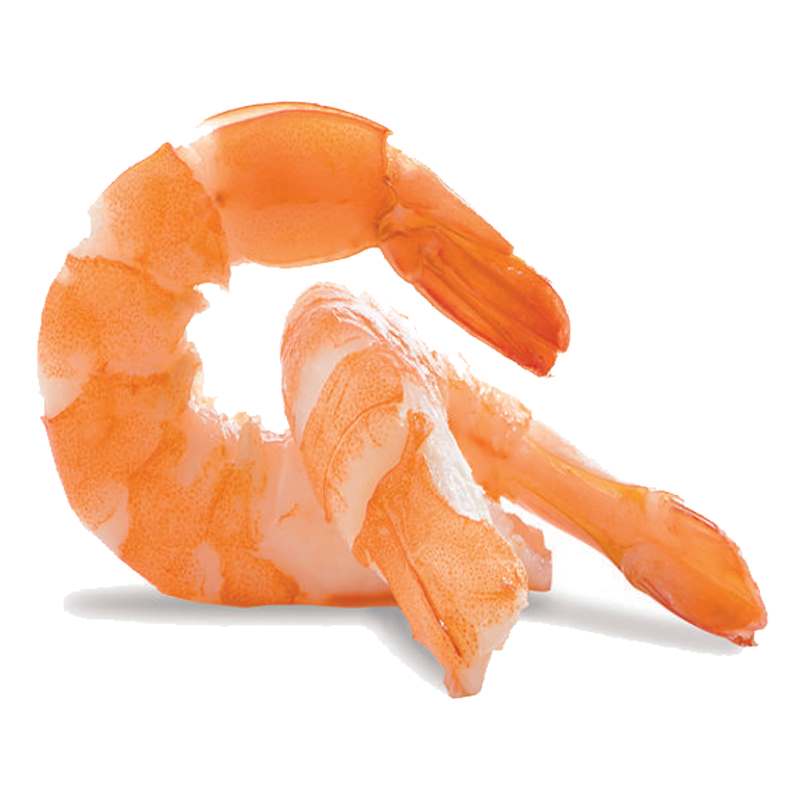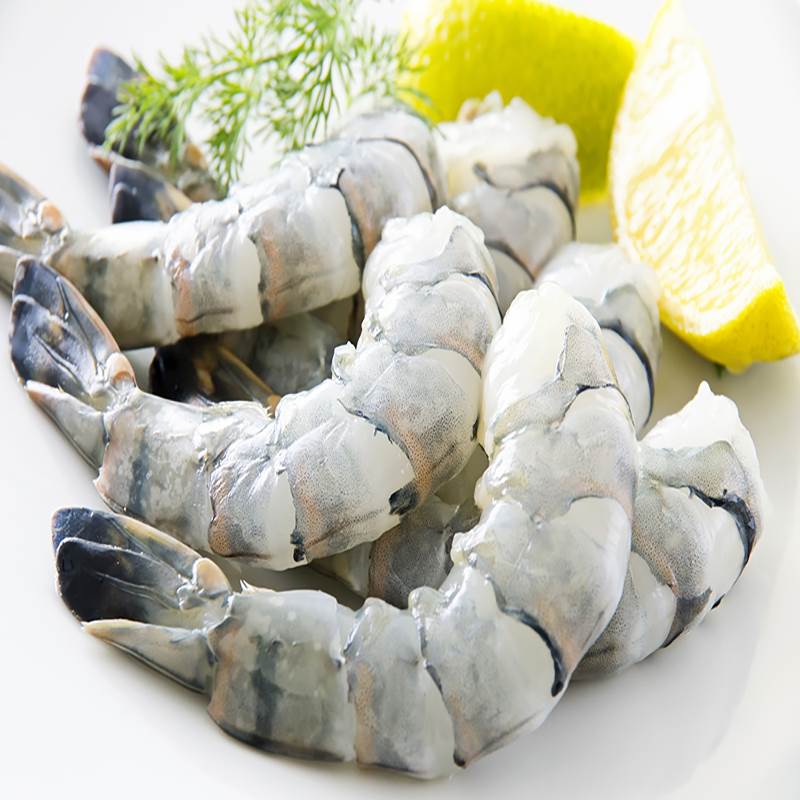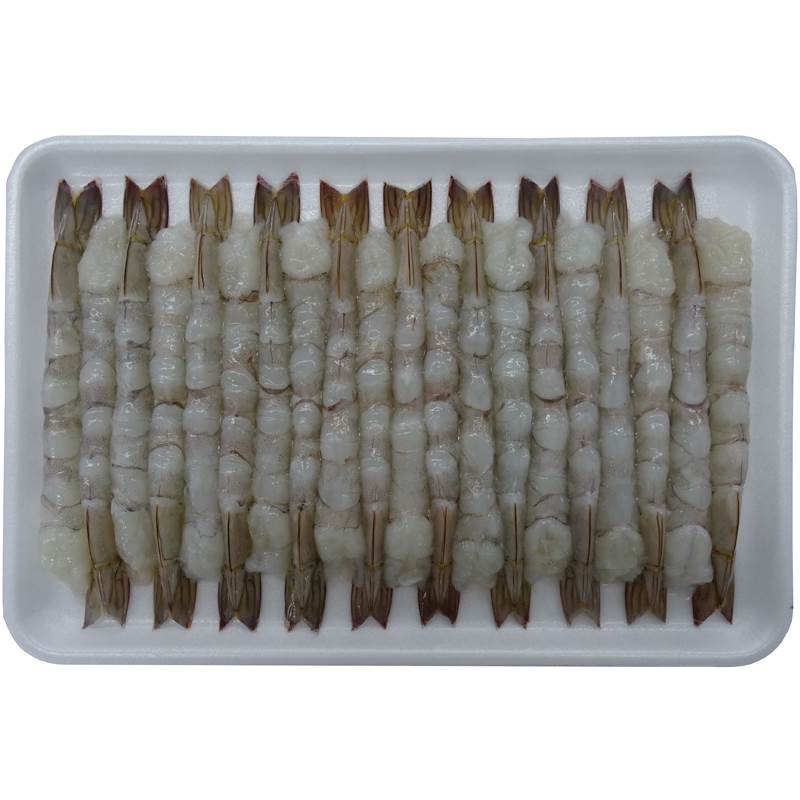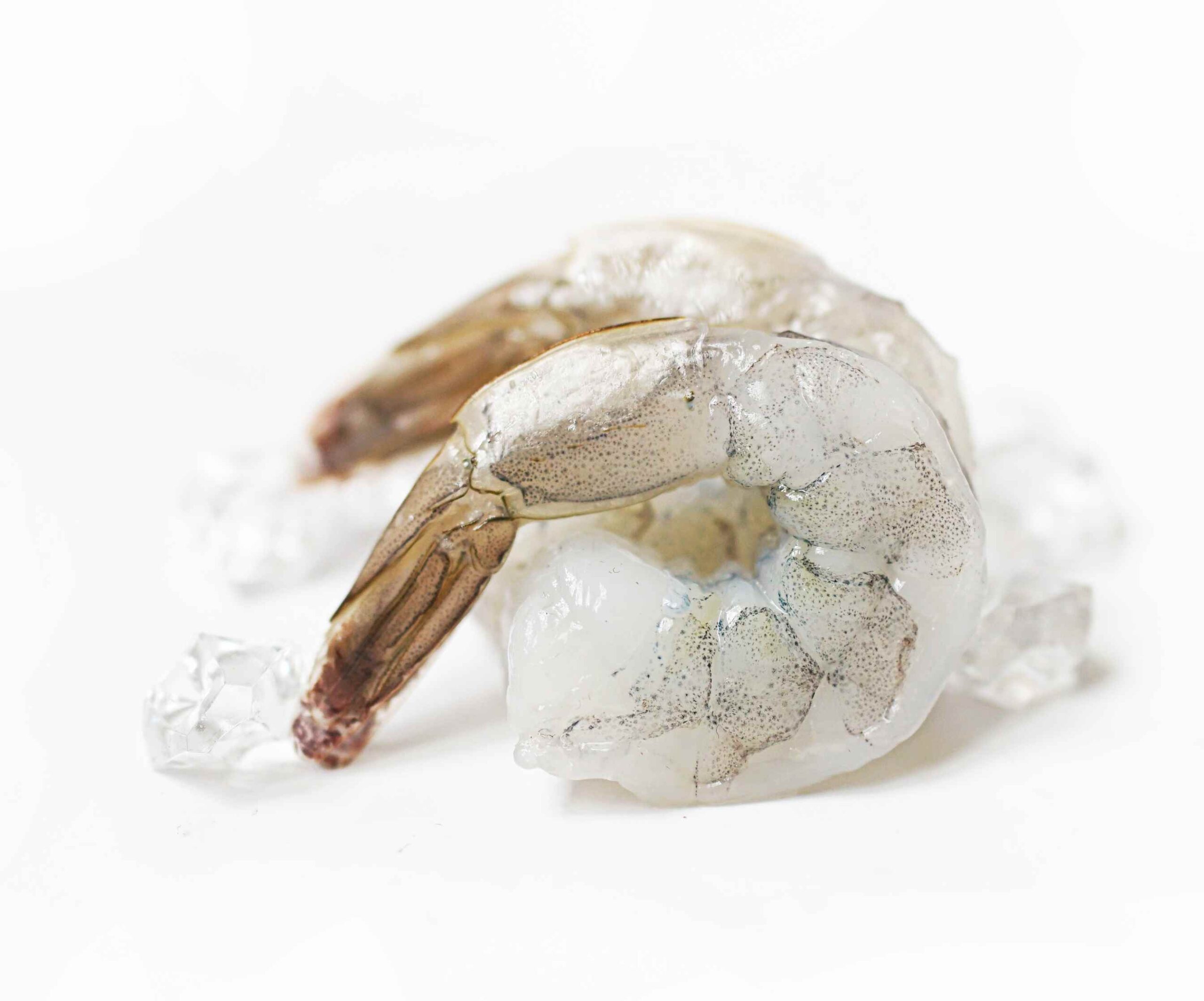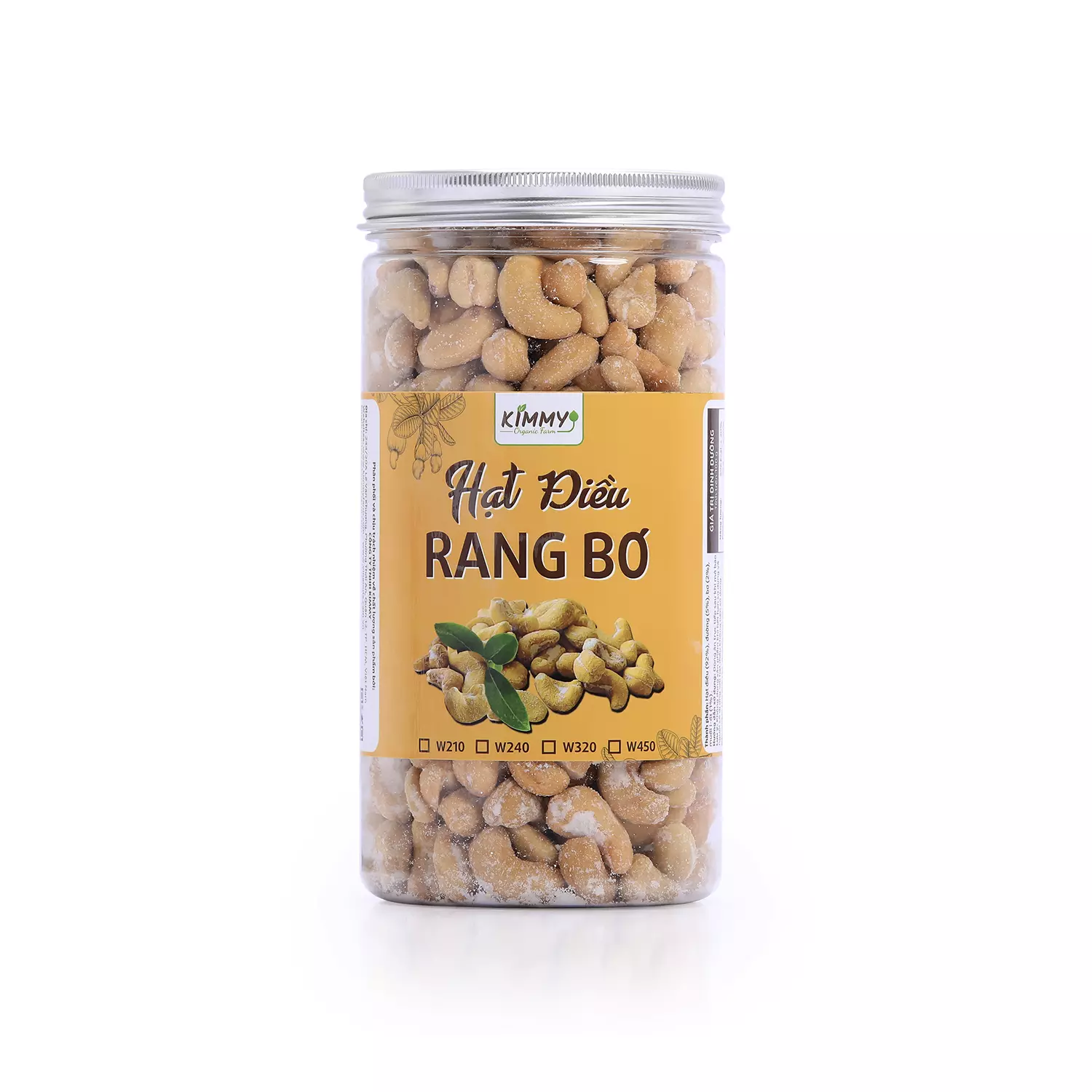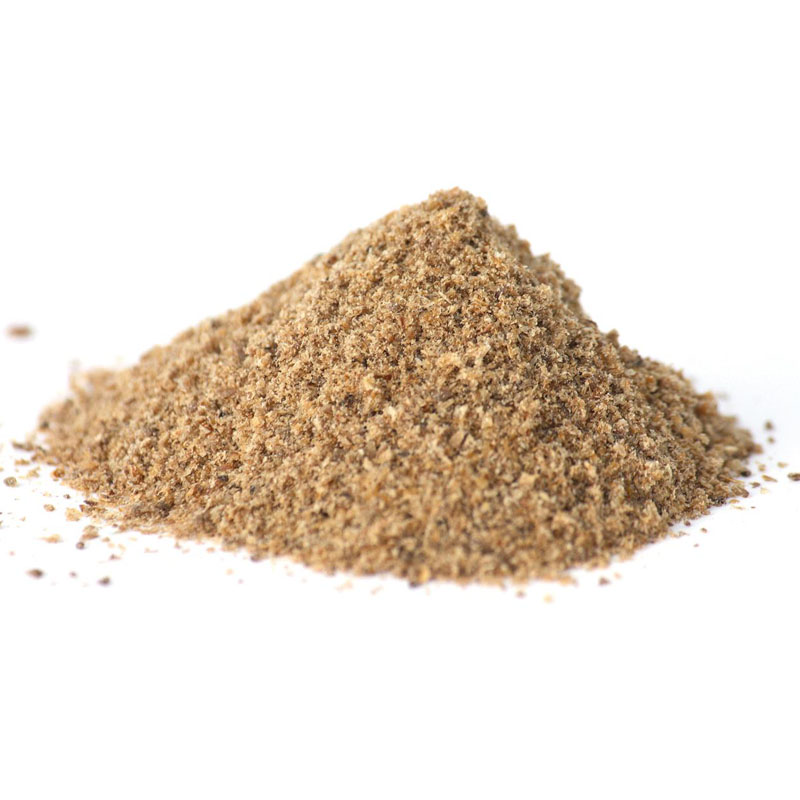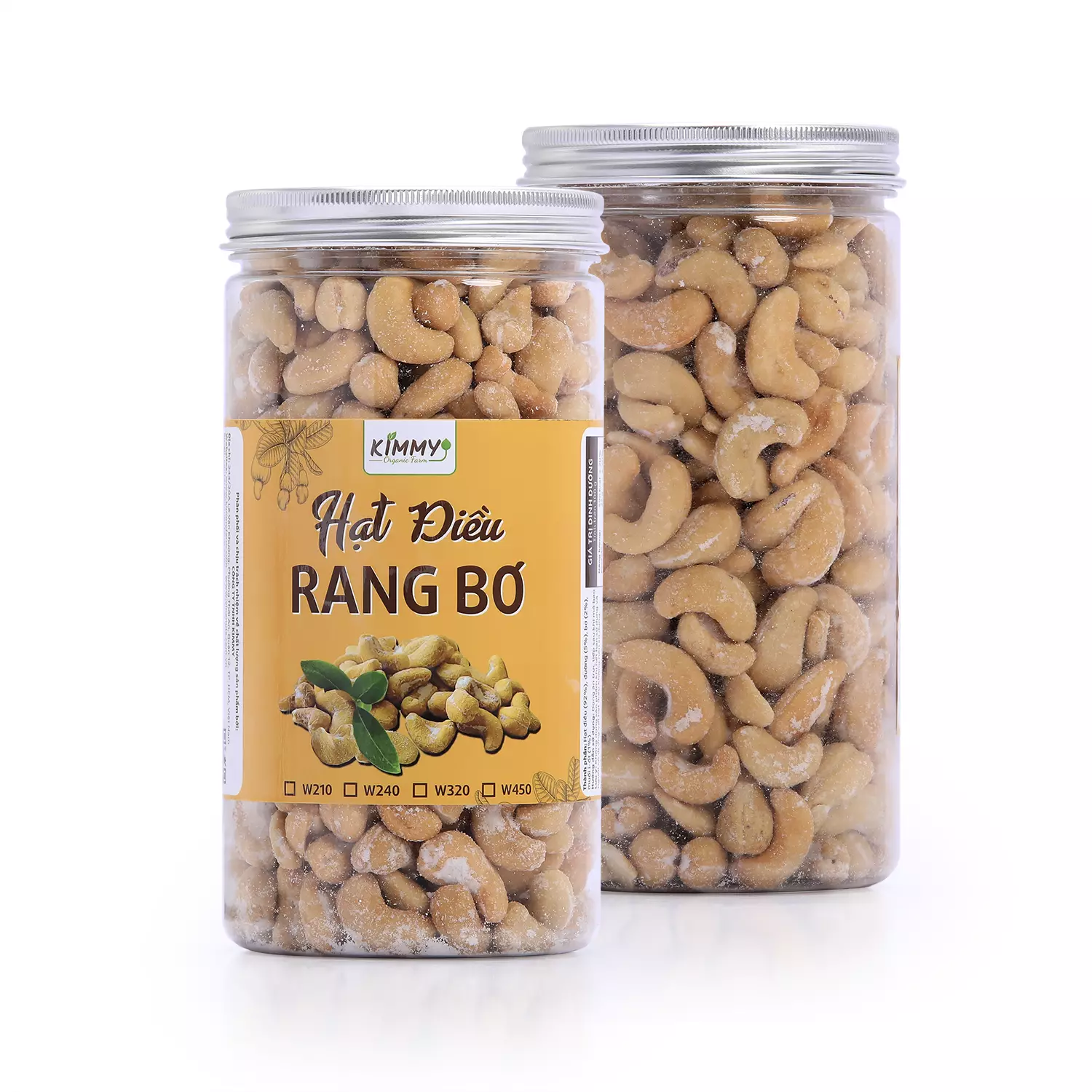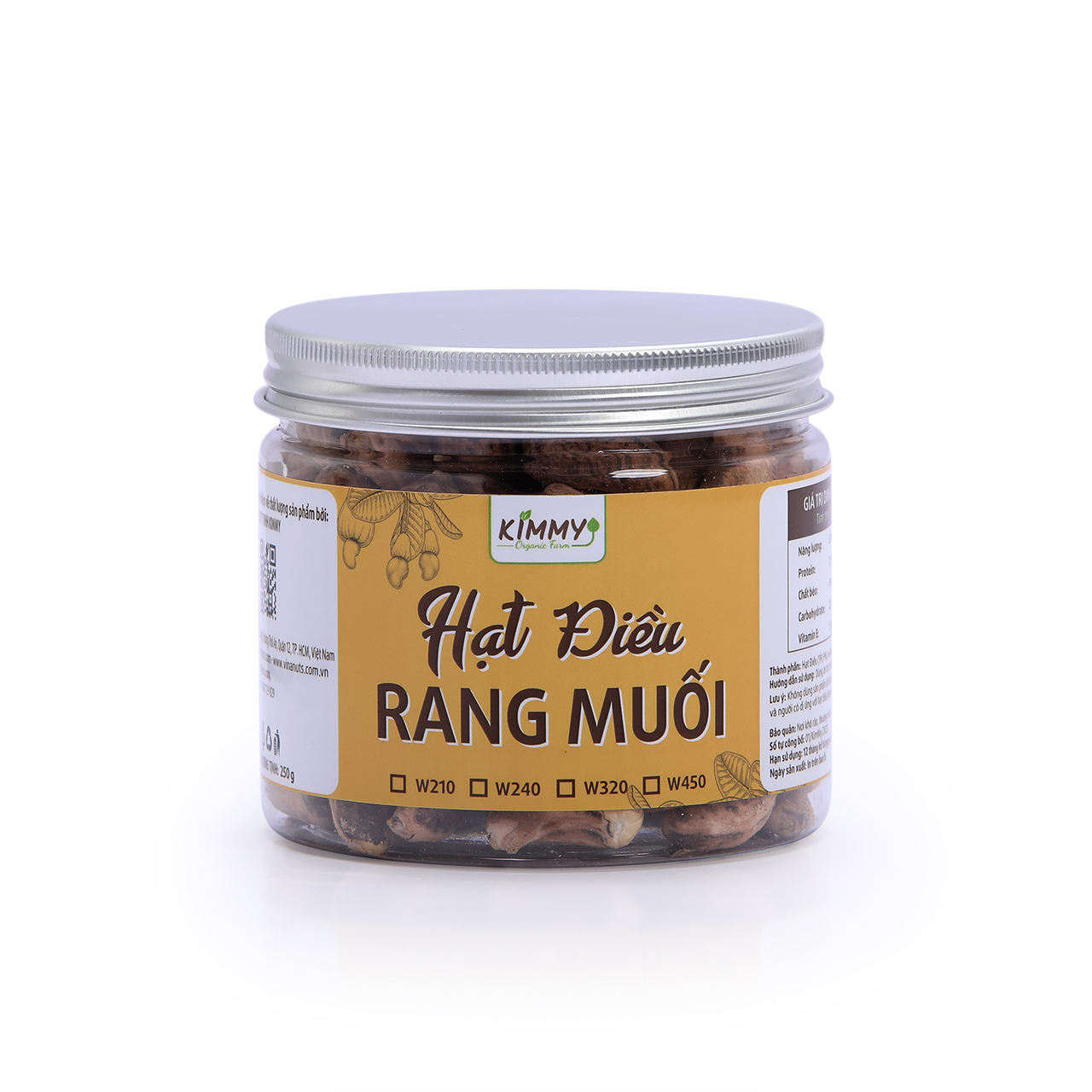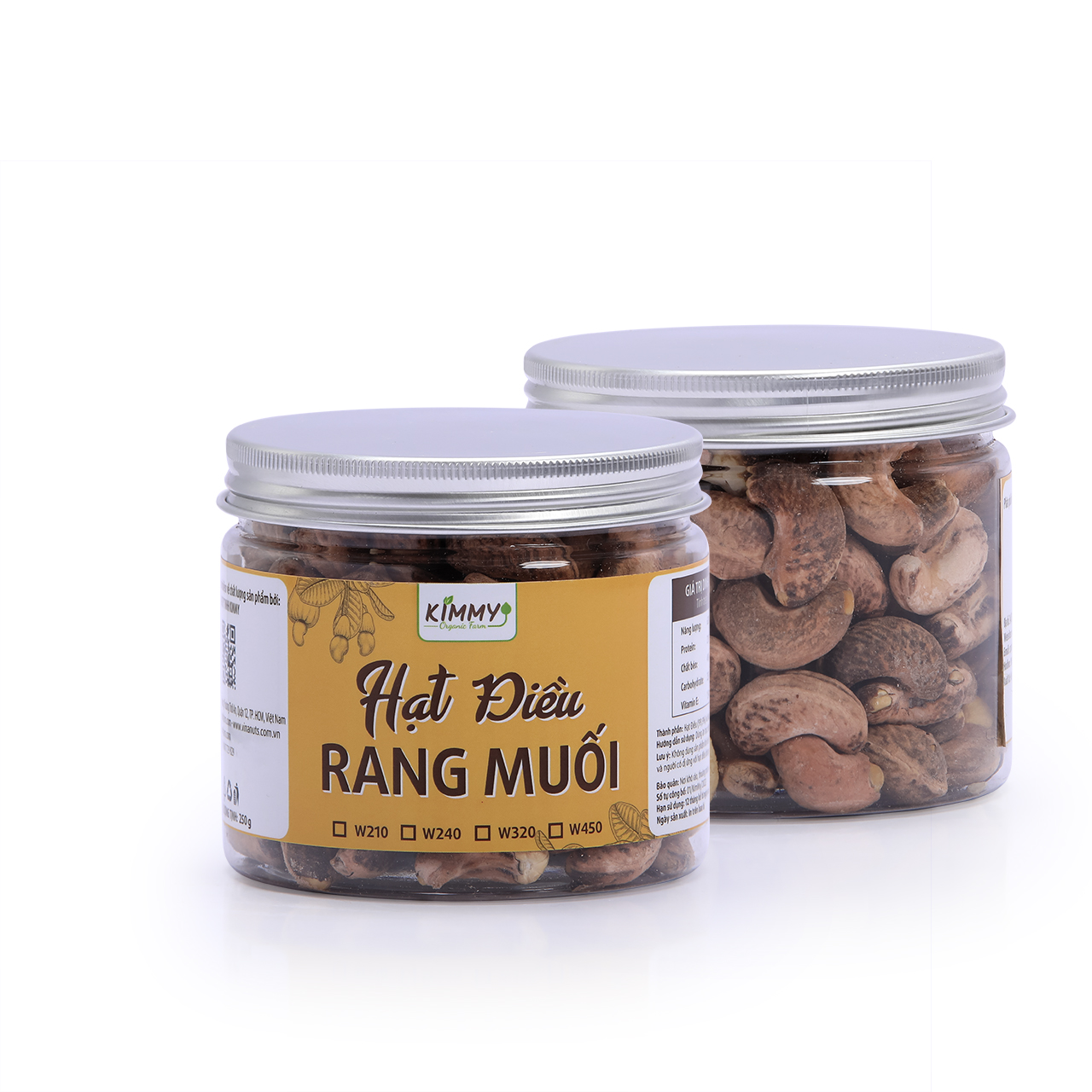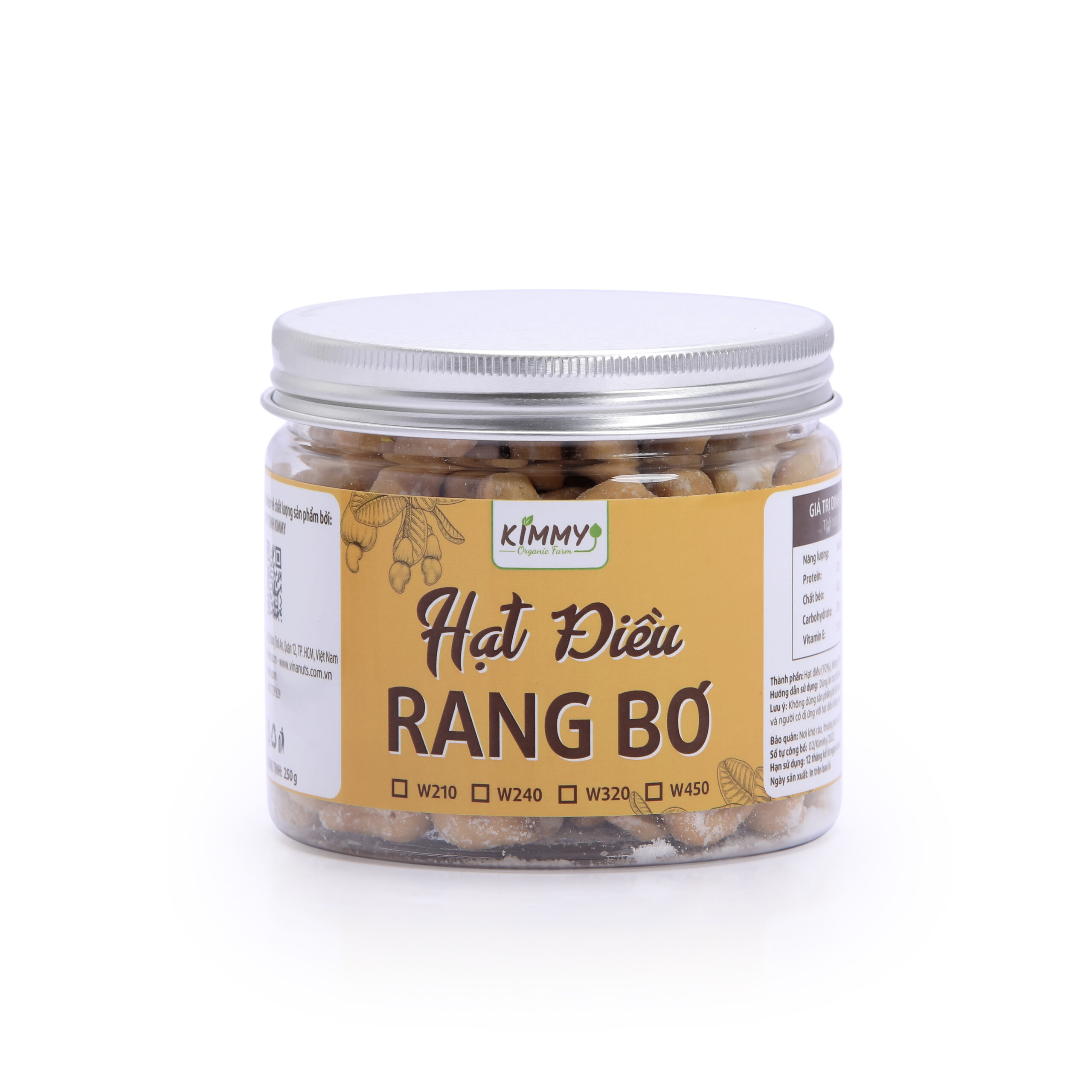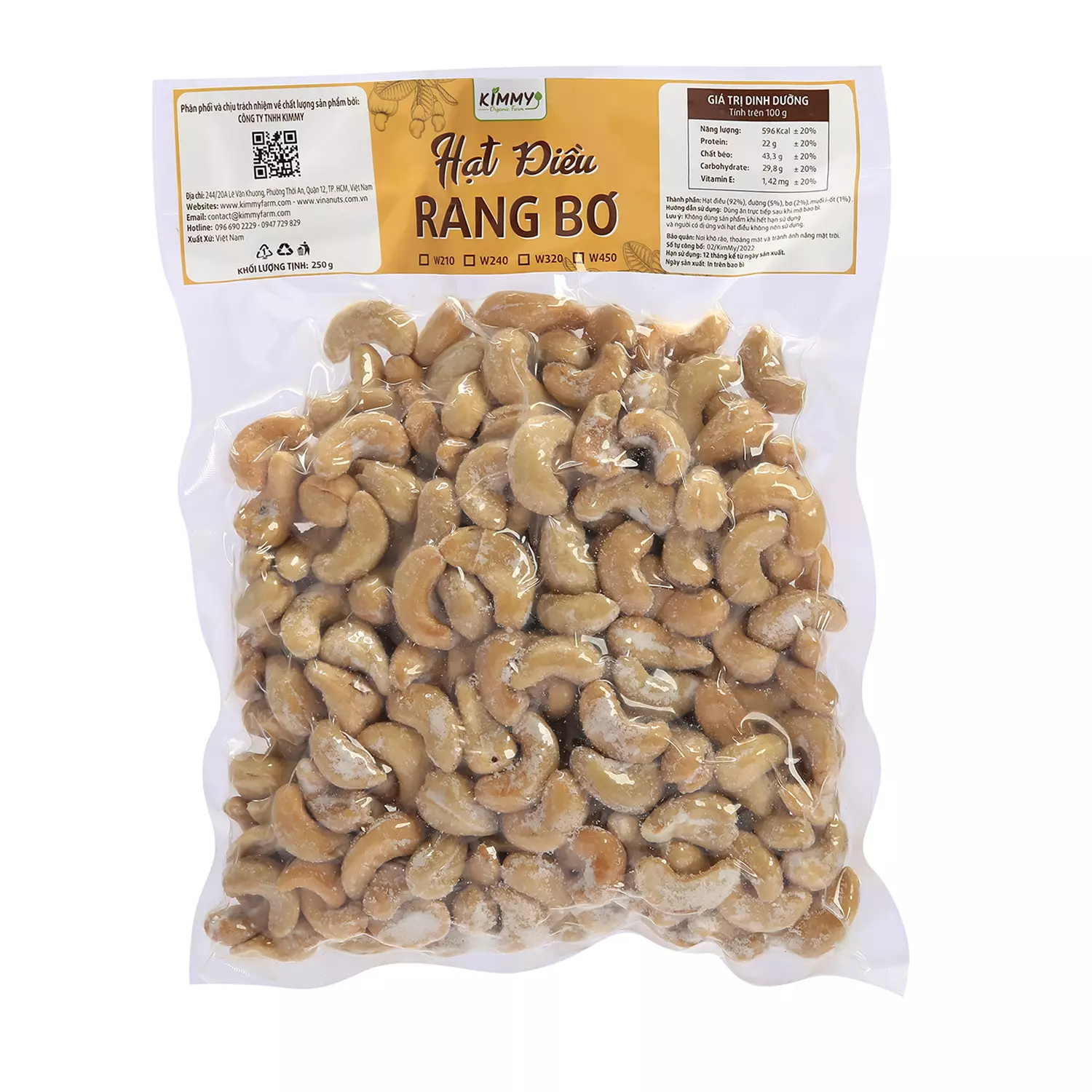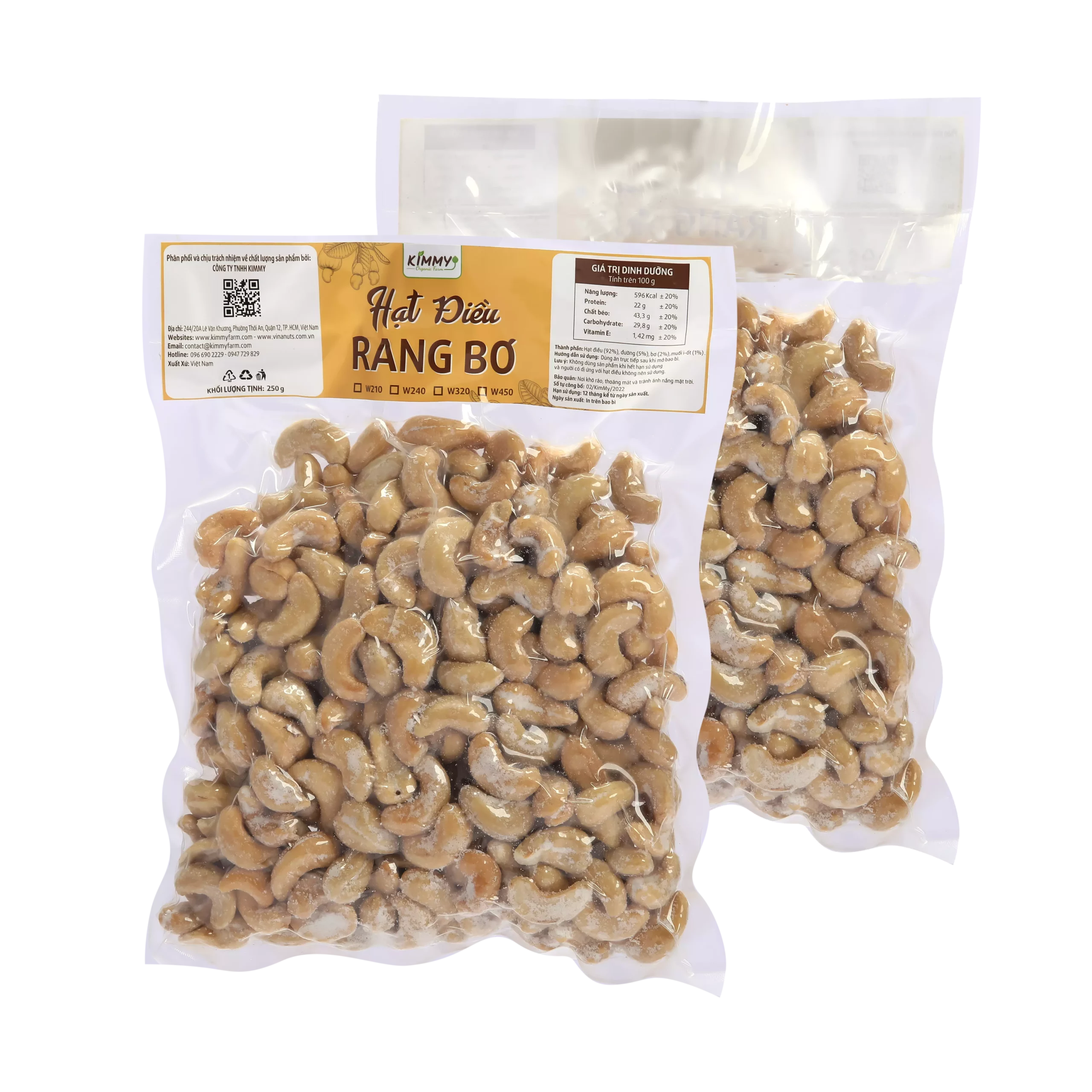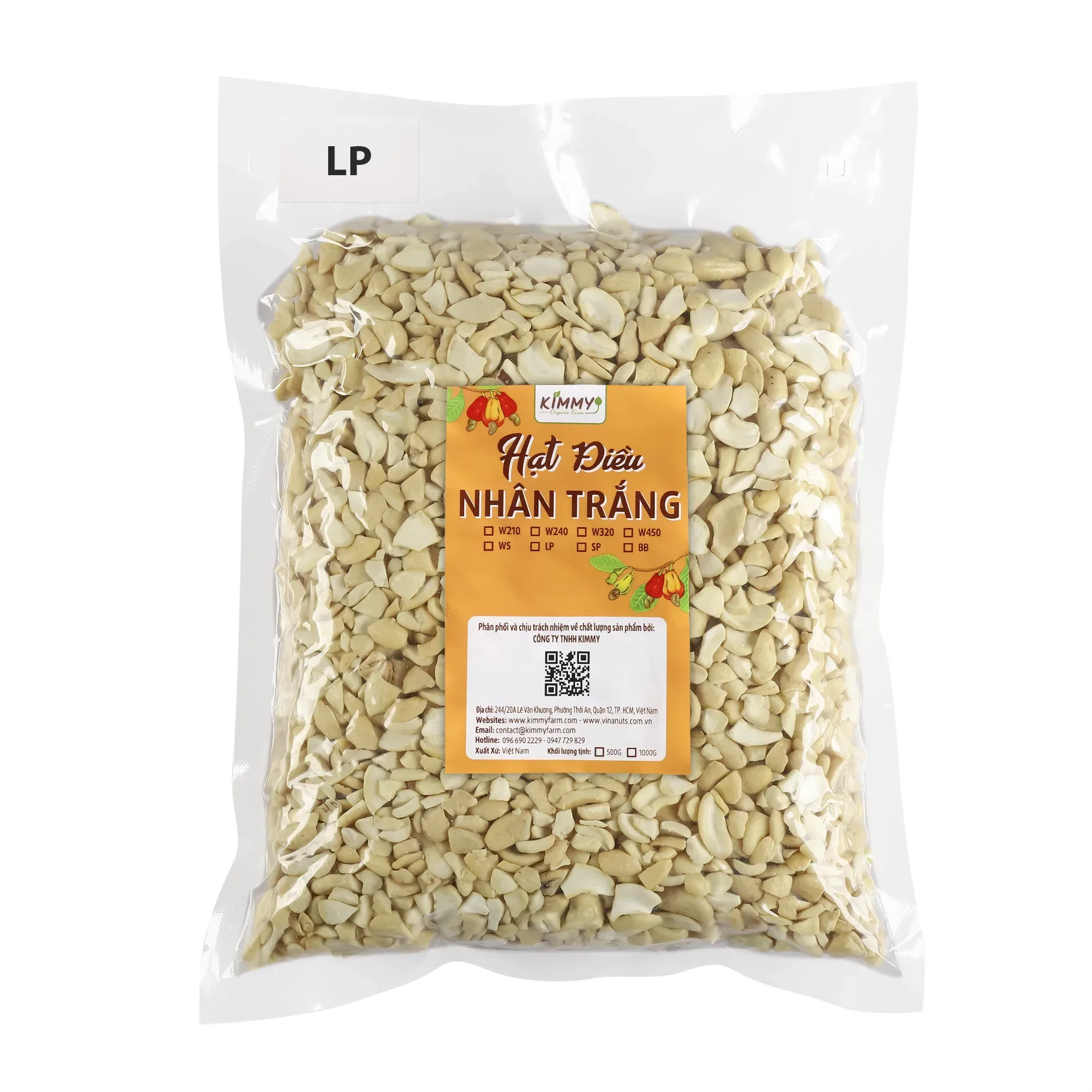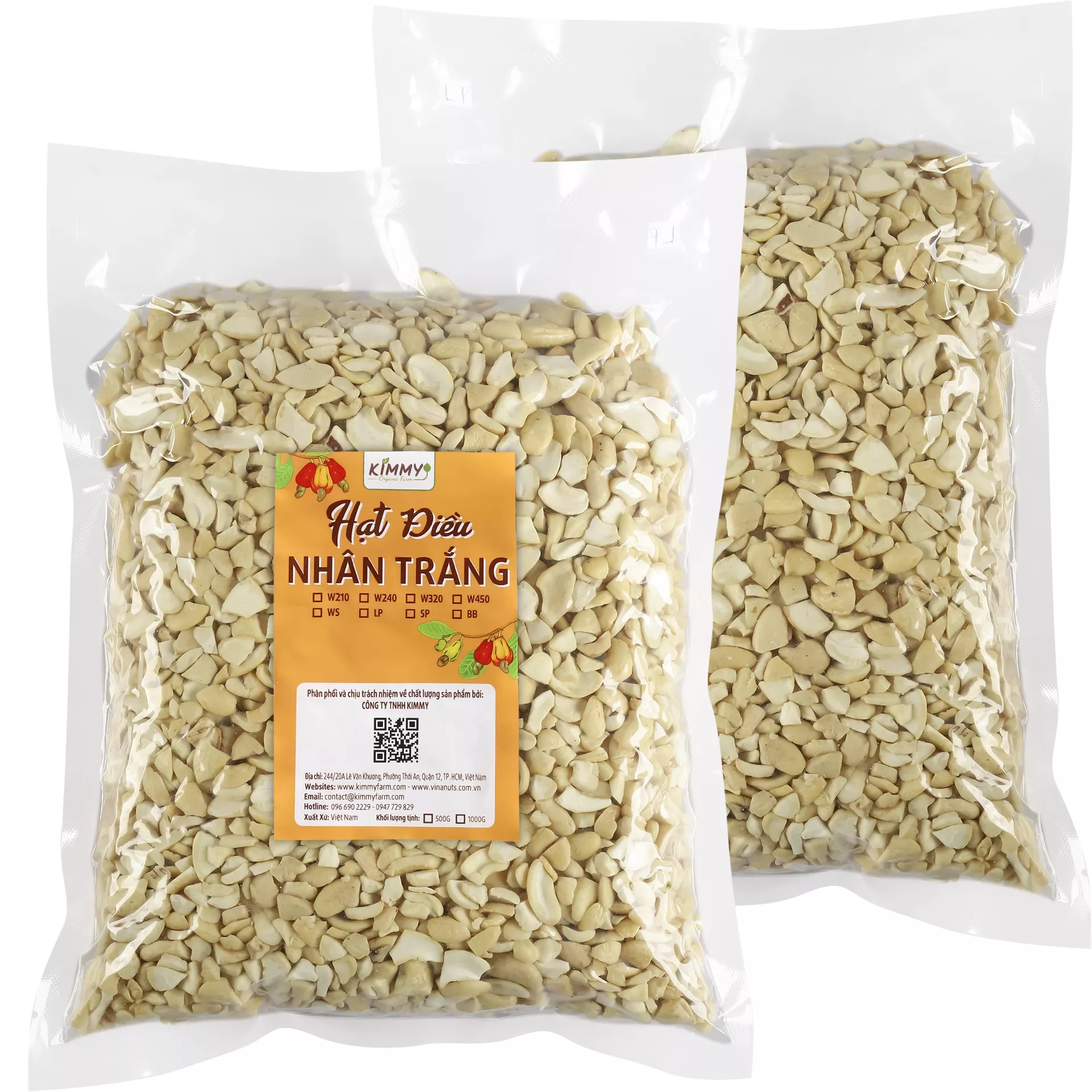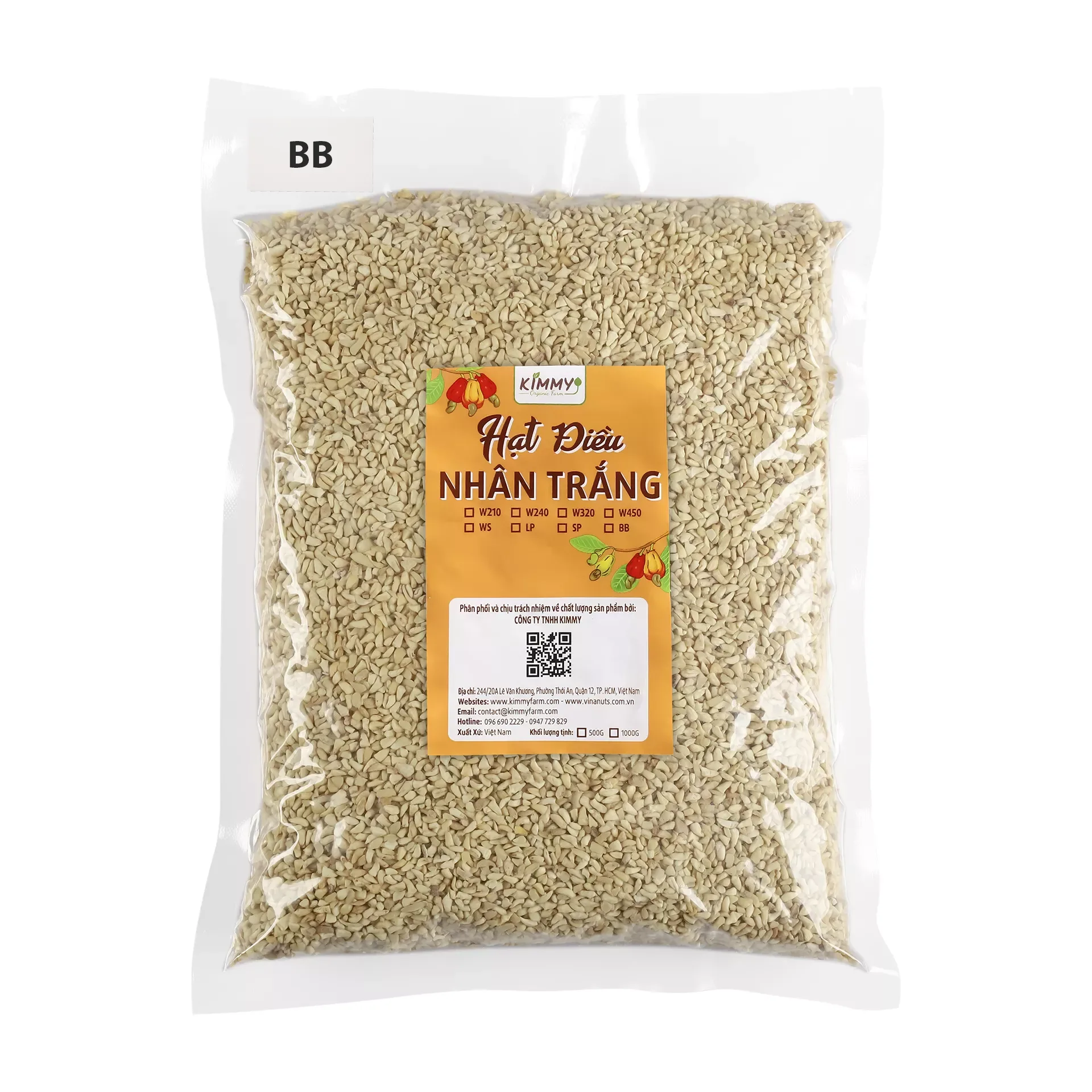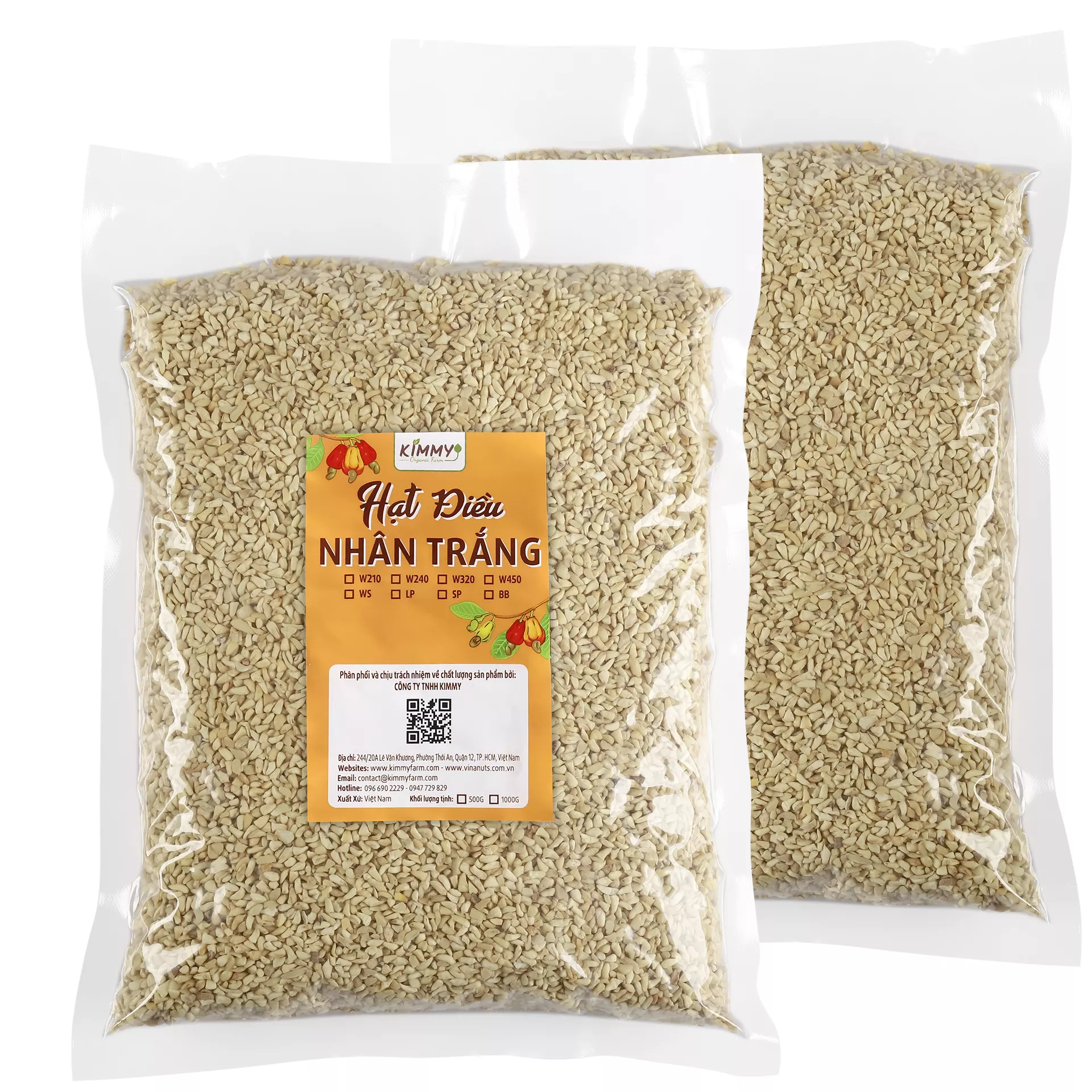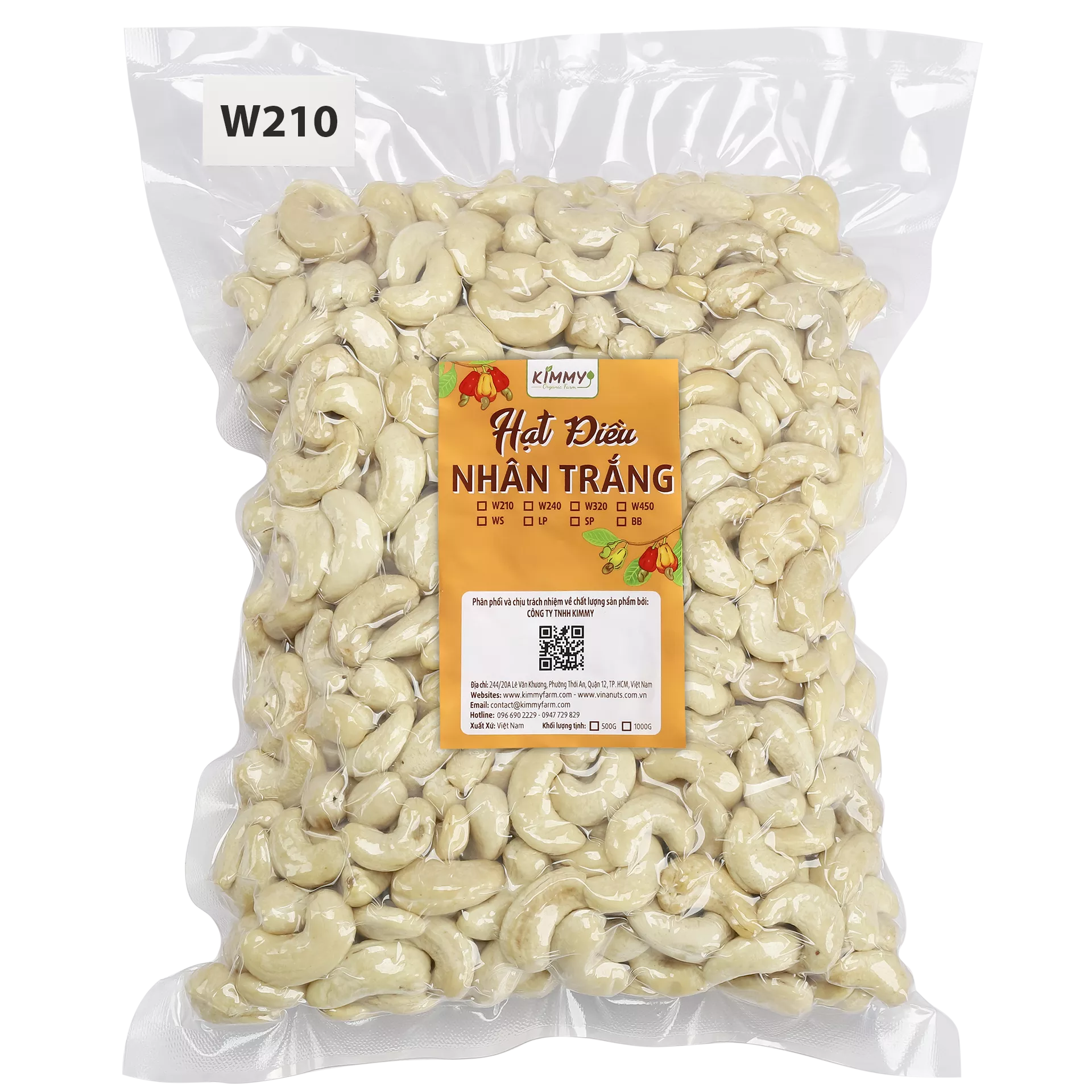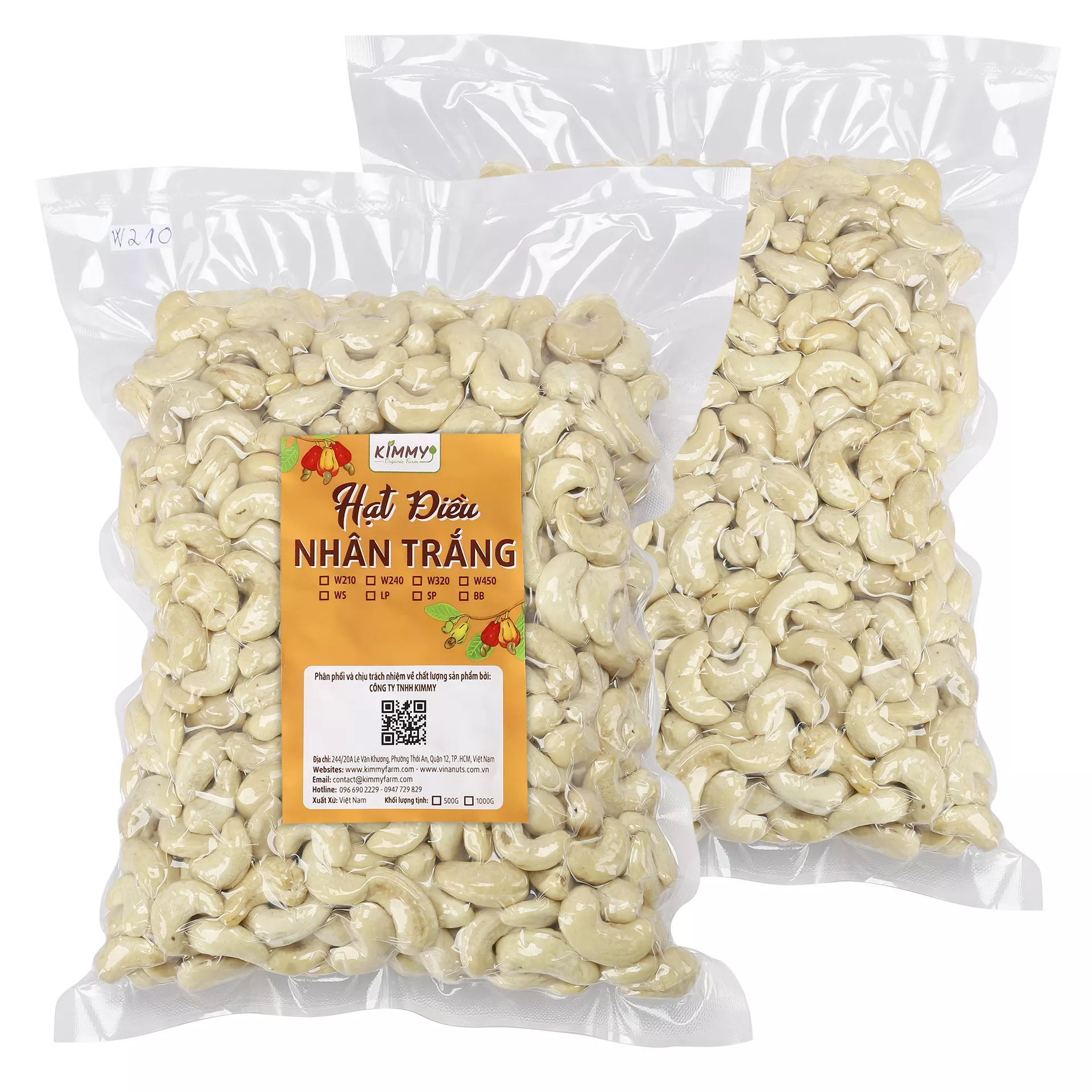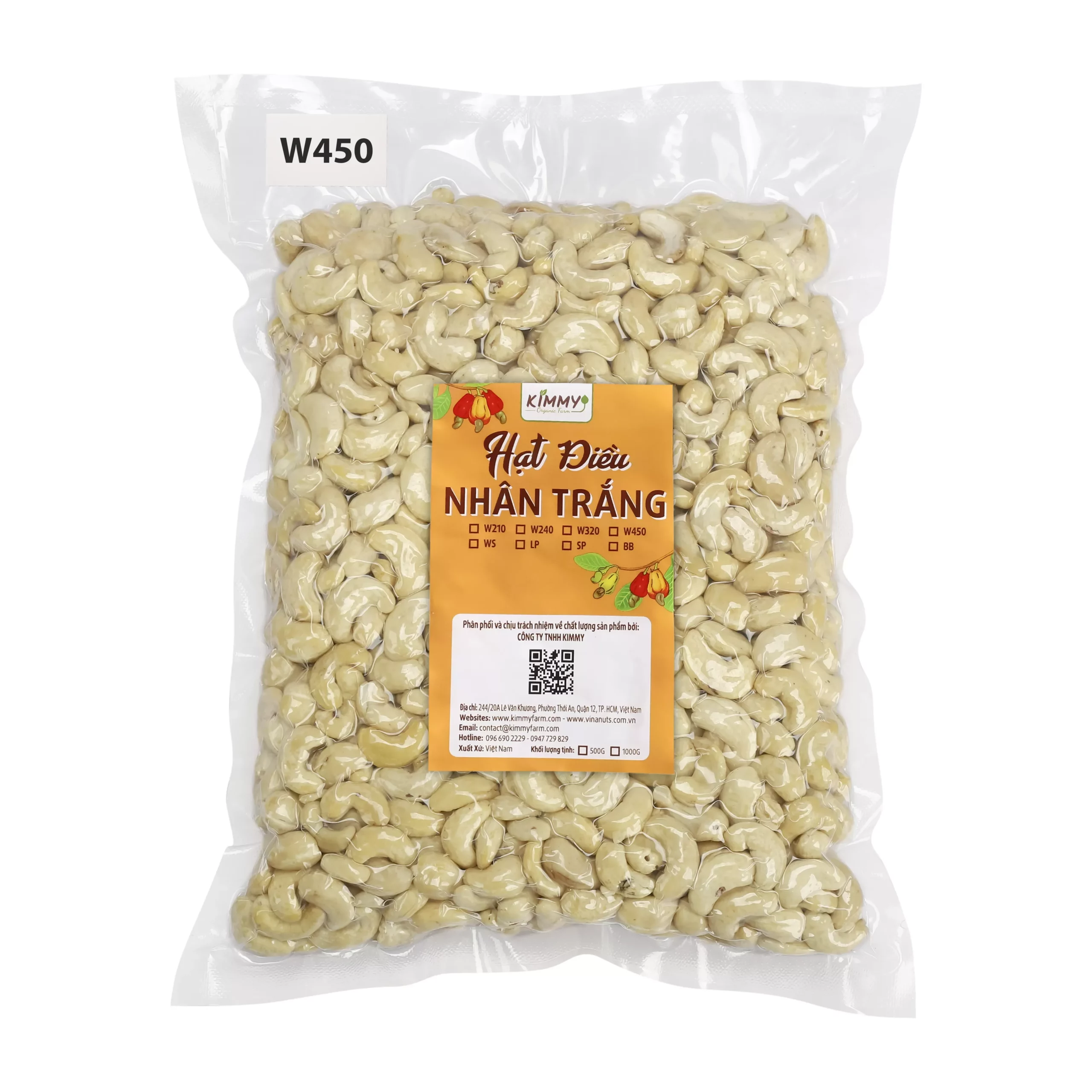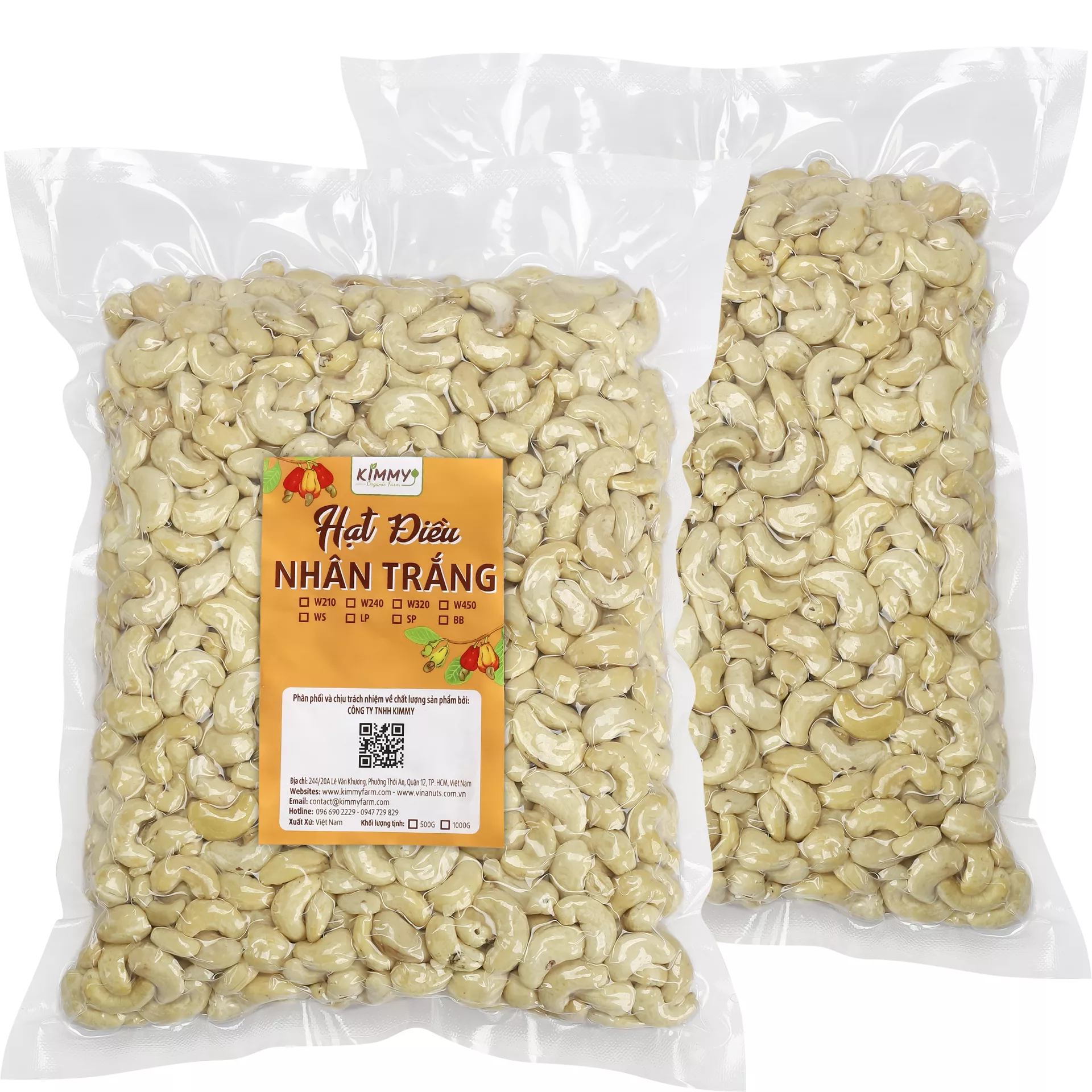Pangasius is a type of fish that offers a wealth of nutrients and is widely consumed in today’s market. Pangasius meat is rich in protein, vitamins, and essential minerals that are especially beneficial for children’s growth and health. In this article, we will delve into the nutritional content of pangasius and explore the numerous advantages it offers for children’s well-being.
Pangasius: A Nutrient-Rich Fish Variety
Pangasius hypophthalmus, a member of the catfish family predominantly found in East Asian freshwater regions, boasts a distinctive dark gray hue that gradually lightens on its belly and sides. This fish species spawns during late spring or early summer and is highly favored for its affordability, ease of cultivation, and sweet, fatty meat. Notably, it’s a top choice among mothers as a dietary staple for their children, offering a multitude of health benefits.
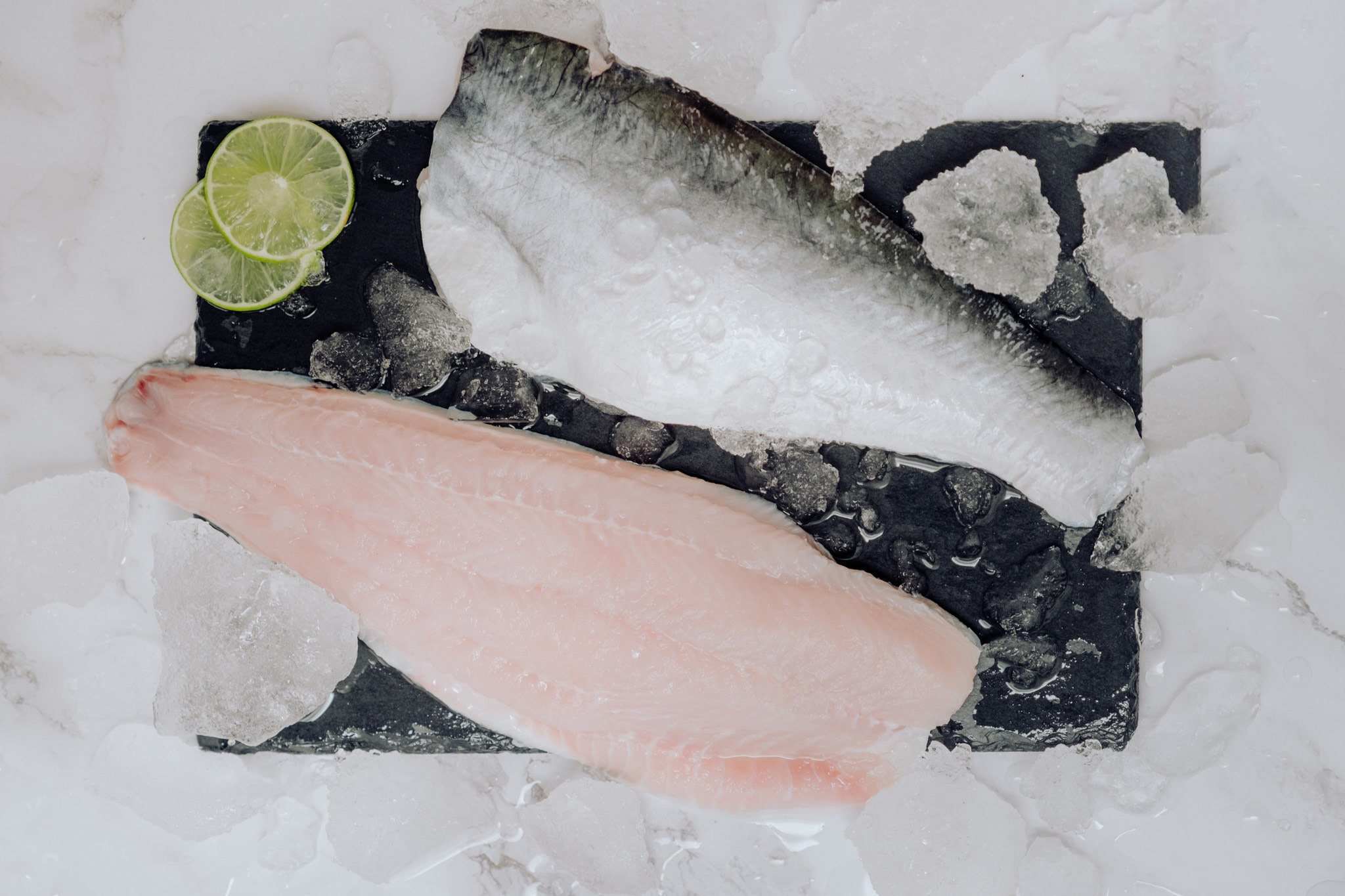
For every 100 grams of pangasius, you can expect:
- 105 calories
- 2.9 grams of fat
- 18 grams of protein
- 50mg of sodium
- 121% of the daily value for Vitamin B12
- 26% of the daily value for selenium
- 24% of the daily value for phosphorus
- 15% of the daily value for thiamine
- 19% of the daily value for potassium
- 24% of the daily value for cholesterol
- 237 mg of Omega-3 fatty acids
- 337 mg of Omega-6 fatty acids
- An array of essential macro and microelements, including magnesium, zinc, copper, chromium, iron, and calcium.
The Remarkable Benefits of Pangasius for Children
Apart from its rich protein, vitamins, and mineral content, pangasius serves as an exceptional source of healthy fats, like docosahexaenoic acid (DHA), which are crucial for the development of a child’s brain, nervous system, and vision. There is also research indicating that early fish consumption can play a role in preventing allergic conditions such as asthma and eczema in children.

Beneficial for Child Brain Development
Given the dynamic changes that children’s brains and bodies undergo, a nutrient-rich diet is vital for optimal brain development. Fish stands out as a natural source of Omega-3 fatty acids, essential for children’s brain development, along with vitamin D, which supports bone growth and formation. Furthermore, fish is abundant in vitamin B12, niacin, selenium, phosphorus, and magnesium. It’s a prime source of protein, pivotal for the healthy growth and development of every cell in the body.
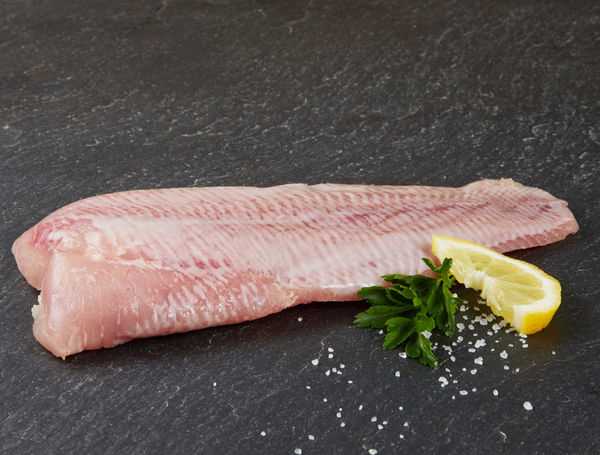
Alleviates Asthma Symptoms in Children
It comes as no surprise that the FDA recommends children consume fish two to three times a week. Research indicates that children who incorporate fish into their diets experience several advantages. A Dutch study revealed that fish consumption between the ages of 6 and 12 months reduced the risk of asthma development by 36% compared to children who didn’t consume fish. Additionally, an Oxford study found that children who regularly consume fish exhibit better memory and fewer behavioral issues. Moreover, omega-3 fatty acid deficiency has been associated with a higher likelihood of ADHD in childhood, and boys deficient in omega-3s are more susceptible to depression during adolescence.
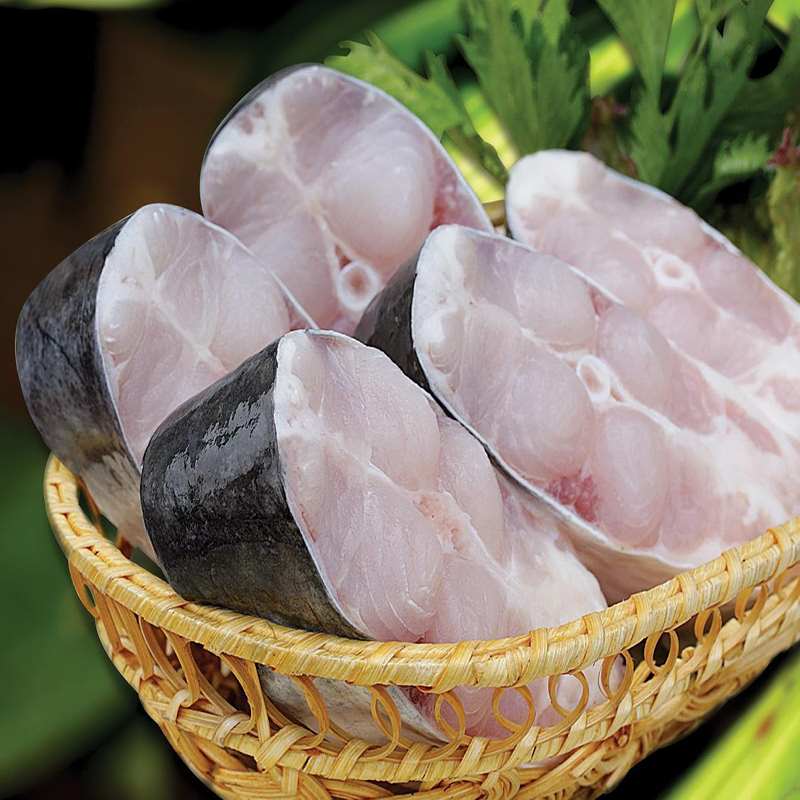
Promotes Healthy Bone Development in Children
Pangasius is rich in vitamin D, considered one of the best sources of this essential nutrient. Vitamin D is indispensable for calcium absorption, contributing to healthy bone and teeth development in young children. Thus, adding foods rich in these nutrients to your child’s diet can be highly beneficial.
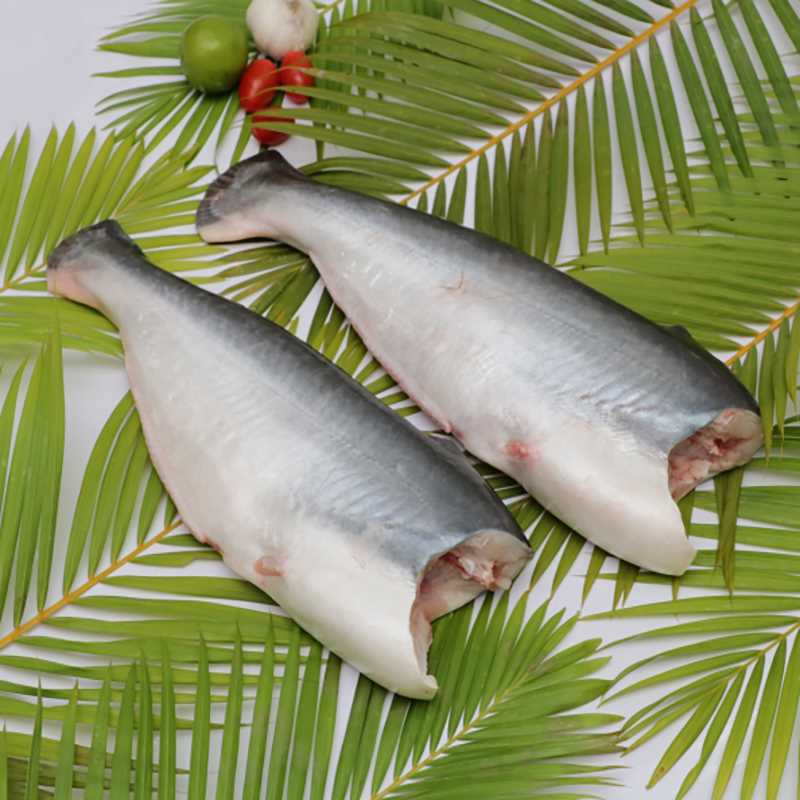
Enhances Vision and Boosts the Immune System
Pangasius is abundant in Omega-3 fatty acids, which are instrumental in supporting the structure of healthy eye cells in children. DHA within Omega-3 also helps strengthen the immune system, combat allergies, and reduce respiratory infections in children. To bolster your child’s immune system and improve their eye health, it’s recommended to include pangasius in their diet at least twice a week.
Recommended Pangasius Consumption Guidelines
Nutritionists advise incorporating fish into your family’s diet at least twice a week, with variations to ensure the best nutrient absorption. For adults, a typical serving size is 100-140 grams. Children aged 10 months to one year can consume up to 40 grams of fish per week, while those aged 1 to 1.5 years can have 80 grams, and children from 1.5 to 2 years old can consume up to 100 grams.
Considerations When Introducing Catfish to Babies
When introducing pangasius to your baby’s diet, it’s essential to keep these considerations in mind:
- Purchase pangasius from reputable sources or opt for canned fish.
- Avoid excessive fish consumption to limit mercury intake.
- Combine fish with fruits and vegetables.
- If any family member has food allergies, consult a doctor or exercise caution before introducing pangasius to your child’s diet.

Chúng tôi là một thương hiệu chuyên sản xuất, thương mai và xuất khẩu các mặt hàng nông sản của Việt Nam. Chúng tôi có vùng trồng điều & nhà máy điều ở Bình Phước, trại nuôi ruồi lính đen ở Tây Ninh. Các mặt hàng xuất khẩu chính của Công ty là: hạt điều, hạt điều nhân, ruồi lính đen,… từ Việt Nam.


